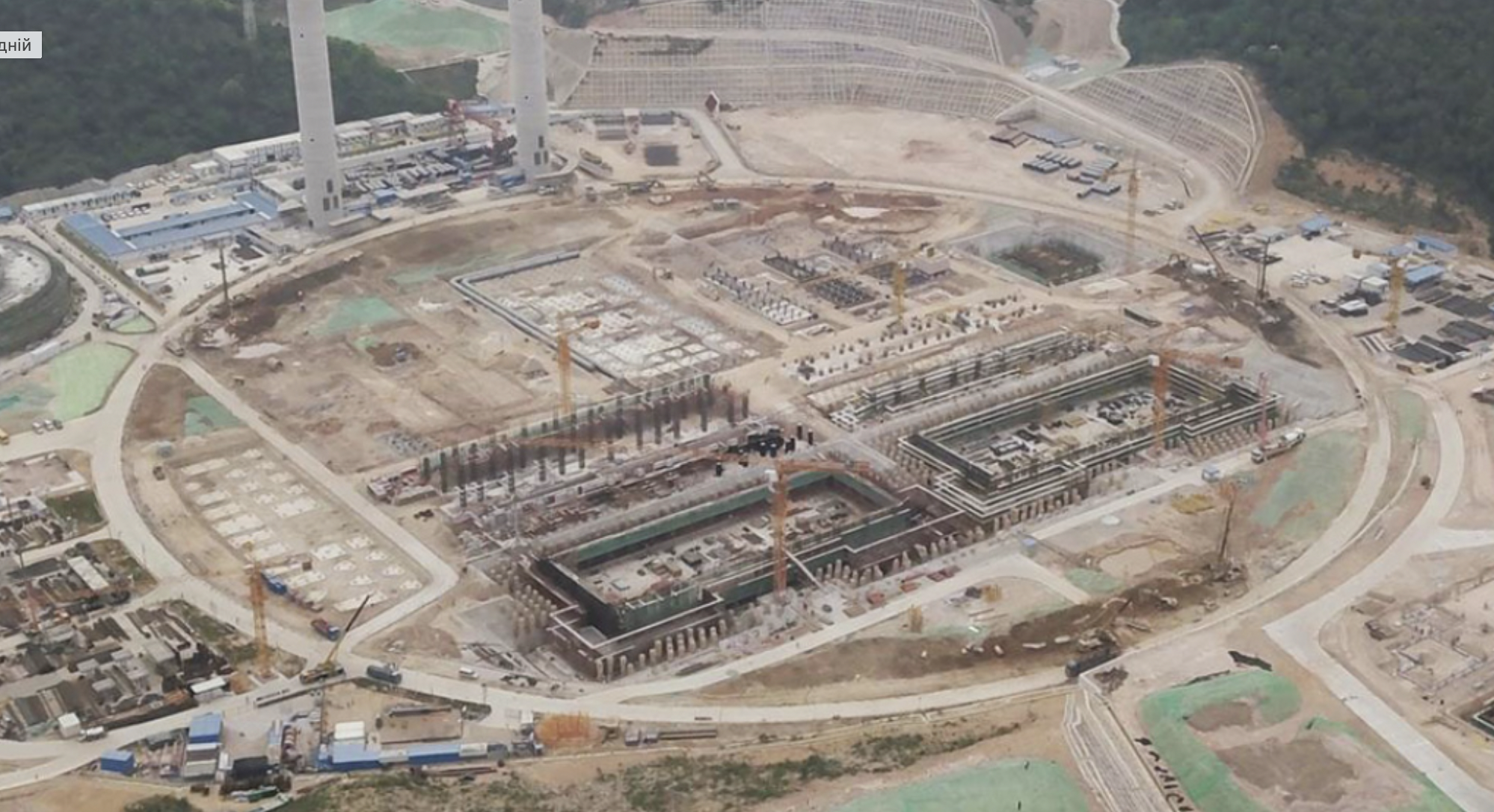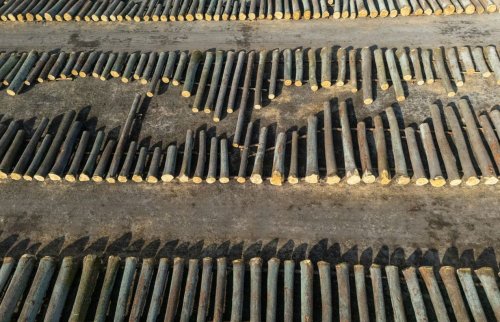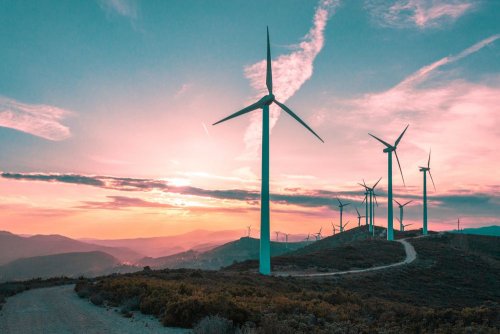In China, Shenzhen East Waste-to-Energy Plant, the world's largest waste-to-energy plant, will be built, which will produce energy from waste.
The plant will burn 5,000 tons of waste per day, i.e. a third of all waste generated by the city's 20 million residents, reports Gottlieb Paludan Architects.
The plant will use state-of-the-art waste incineration and power generation technology, and will also become an education center for the people of Shenzhen.
The Danish companies Gottlieb Paludan Architects and Schmidt Hammer Lassen Architects won the international competition for the design of such a plant.
Their project organizes the entire plant and auxiliary buildings into one round building, breaking the traditional rectangular arrangement of technical premises. After all, a clear round shape reduces the area of the enterprise.


The roof of the 66,000 m² building is designed to cover up to 44,000 m² of solar panels, which will ensure the production of even more energy for the city.
"The plant aims to demonstrate the production of energy from waste as an important technical process that deals with the problems of increasing the amount of waste, as well as with the problem of finding more environmentally friendly ways to produce electricity," the material said.
Earlier, EcoPolitic wrote, that in China, the level of the Yangtze River reached its lowest level, for this time of year, since records began in 1865, which can have a negative impact on the economy.
As EcoPolitic previously reported, the capital of Denmark, Copenhagen, will not be able to achieve carbon neutrality by 2025 through the Amager Resource Center incinerator.





